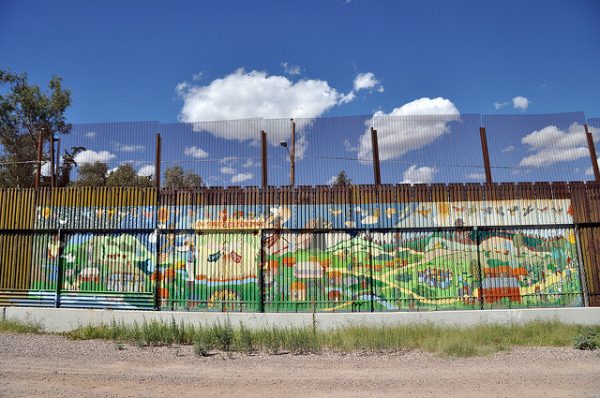
Migration on the southern border has been a hot topic in U.S. media and politics of late, only intensified by the recent release of plans for the first phase of the construction of a wall and the end of Temporary Protected Status for a number of Central American countries. Unfortunately, media reporting and the debates about these policies are all too rarely informed by social science research on border policies and their impacts on migrants and migration flows.
Since the late 1980s, restrictive policies and measures on immigration (e.g. limiting the number of visas available) and the tightening and militarization of the U.S. southern border have kept potentially undocumented Mexican migrants in the country. With higher costs and risks at the border for undocumented migrants, research suggests that the choice to stay in the United States, rather than moving back and forth over the border, is more of a necessity today than ever before.
- Douglas S. Massey, Jorge Durand and Karen A. Pren. 2015. “Border Enforcement and Return Migration by Documented and Undocumented Mexicans.” Journal of Ethnic and Migration Studies 41(7): 1015-1040.
On the other hand, as undocumented Mexican migration to the United States wanes — driven also by demographic changes in Mexico — undocumented migration from Central America is increasing. This shift is largely caused by civil wars in the region that sent refugees north, subsequent U.S. immigration policies of the 1990s that expelled many of these refugees that had criminal records, and the social instability in Central America that continues to drive migration back to the United States.
- Douglas S. Massey, Jorge Durand and Karen A. Pren. 2014. “Explaining Undocumented Migration to the U.S.” International Migration Review 48(4): 1028-1061.
And these policies not only drive the movement of peoples, but also the transfer of their monies. Recent research shows that legal status in the United States (or lack thereof) affects decisions to send money and travel to home countries. For example, Salvadorans — many of whom arrived in the United States undocumented — sent remittances at high rates than other national groups, though traveled back home less than half the rate of the typical Latino migrant. This same research finds that Mexican migrants were more likely to travel back to their home country than Cubans (as travel home was tightly restricted), though both sent remittances at similar frequencies.
- Thomas Soehl and Roger Waldinger. 2010. “Making a Connection: Latino Immigrants and Their Cross-border Ties.” Ethnic and Racial Studies 33(9): 1489-1510.
- Roger Waldinger. 2008. “Between “Here” and “There”: Immigrant Cross-Border Activities and Loyalties.” International Migration Review 42(1): 3-29.

Comments